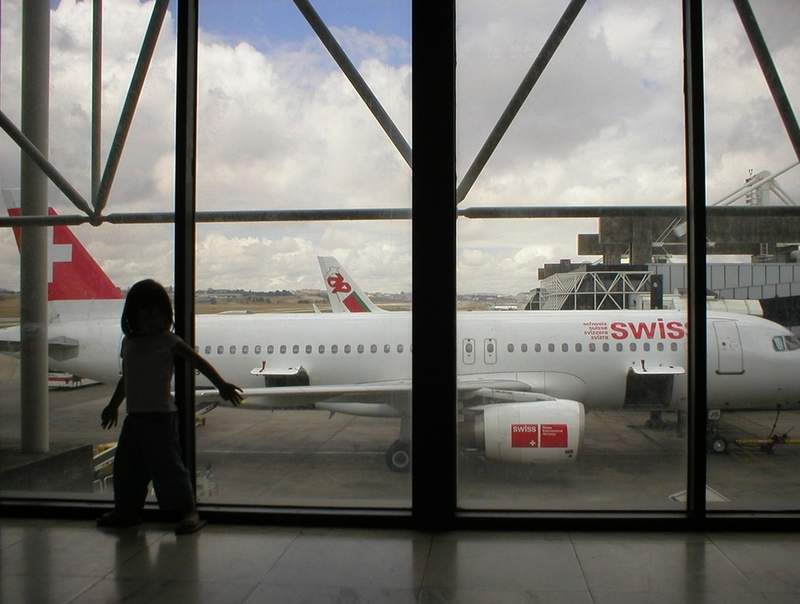
The Philippines Department of Transportation (DoT) has urged the provincial government of Cavite to submit the final draft for the development of a $12bn international airport in Sangley Point, Cavite.
DOT Secretary Arthur Tugade was quoted by media sources as saying that the Sangley International Airport is supposed to be a government-to-government proposal, but there is also a private group proposal. However, the rules give priority to the government.
Tugade further added that the deadline will give something concrete before the end of the year.
The provincial government of Cavite, under the leadership of Governor Jesus Crispin Remulla, submitted a proposal to the DoT in February to build a Sangley Point airport.
Subsequently, Sangley Airport Infrastructure Group (SAIG), a consortium headed by Solar Group’s All-Asia Resources and Reclamation, also presented its proposal in March to build Philippine Sangley International Airport (PSIA) for $12bn.
The Cavite government submitted a PHP552.018bn ($9.329bn) proposal in February to develop an airport in the former US naval facility at Sangley Point, Cavite.
How well do you really know your competitors?
Access the most comprehensive Company Profiles on the market, powered by GlobalData. Save hours of research. Gain competitive edge.

Thank you!
Your download email will arrive shortly
Not ready to buy yet? Download a free sample
We are confident about the unique quality of our Company Profiles. However, we want you to make the most beneficial decision for your business, so we offer a free sample that you can download by submitting the below form
By GlobalDataAccording to the plan, the project will be executed in two phases. The first phase will cost approximately PHP208.487bn ($3.851bn), while the second phase will require an estimated investment of about PHP343.531bn ($6.346bn).
SAIG proposed the development of a 2,500ha of land in Sangley Point for an airport and commercial ventures in lieu of a concession for a period of 50 years.
The airport will have two runways. It will be capable of managing approximately 120 million passengers per annum upon becoming fully operational.



